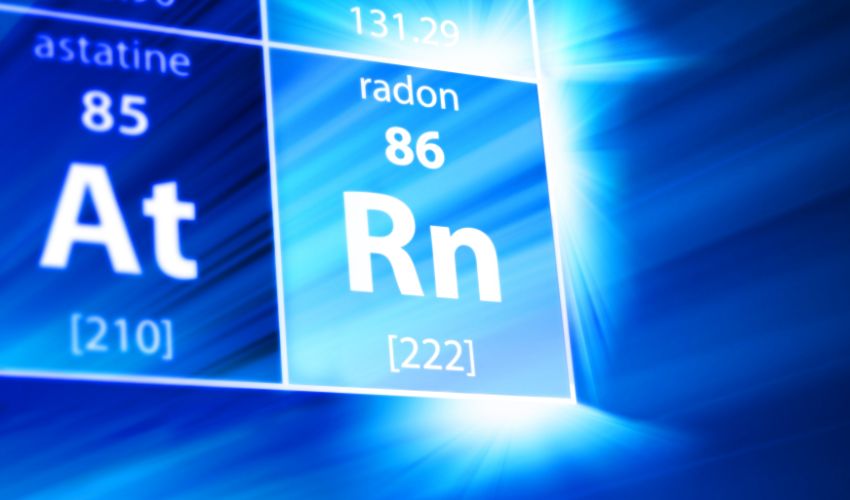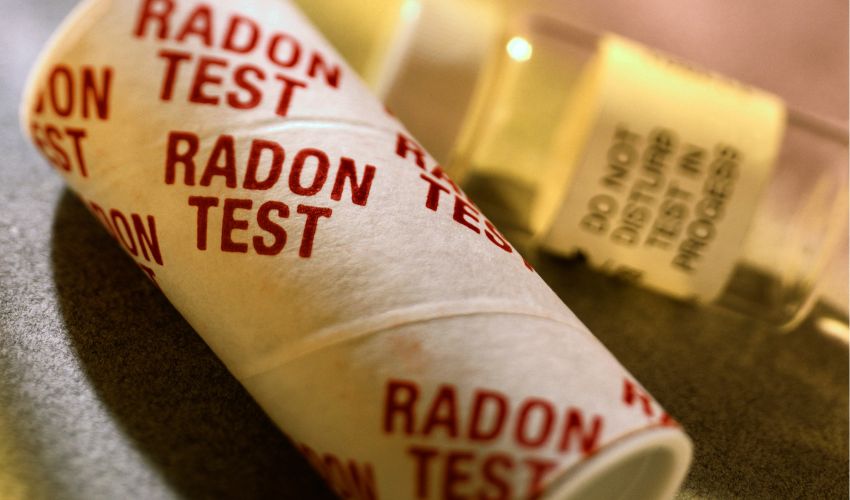What is Radon?
Radon is a radioactive gas that occurs naturally in the environment. It is formed by the decay of uranium in rocks and soil. Radon is a colorless, odorless, and tasteless gas that can seep into your home through cracks and holes in the foundation. Inhaling high levels of radon can be harmful to your health, and it is estimated to be the second leading cause of lung cancer in the United States. Radon exposure is also linked to other health issues such as chronic obstructive pulmonary disease (COPD).
Sources of Radon
Radon can enter your home through soil, water, and building materials. Soil is the most common source of radon in homes. Radon gas can seep into your home through cracks and gaps in your foundation or basement walls, and it can accumulate to dangerous levels in enclosed spaces. Radon in well water is another source of exposure, particularly if you have a private well. Radon can also be released into the air when building materials containing uranium, such as granite countertops, are installed in your home.

Health Effects of Radon Exposure
Exposure to high levels of radon over a prolonged period can cause lung cancer. Radon gas decays and releases tiny radioactive particles that can lodge in the lining of the lungs. Over time, exposure to these particles can damage lung tissue and lead to cancer. The risk of lung cancer from radon exposure is higher for smokers, as smoking and radon exposure can work together to increase the risk of lung cancer. However, even non-smokers can develop lung cancer from exposure to high levels of radon.
In addition to lung cancer, radon exposure has also been linked to other health effects such as COPD, which is a chronic lung disease that makes it difficult to breathe. Children who are exposed to high levels of radon are also at risk of developing childhood leukemia.
Testing for Radon in Your Home
Testing for radon in your home is the only way to know if you and your family are at risk of exposure. You can purchase a radon test kit from a hardware store or online, or you can hire a professional to conduct the test for you. There are two types of radon tests: short-term tests and long-term tests. Short-term tests take two to seven days to complete and are useful for initial screening. Long-term tests take 90 days or more to complete and provide a more accurate picture of your radon exposure over time.
Mitigating Radon in Your Home
If your radon test results show high levels of radon, you should contact a radon mitigation professional to help you reduce your exposure to radon. There are several methods for mitigating radon in your home, including sealing cracks and gaps in your foundation, installing a radon ventilation system, and using a radon removal filter. A qualified professional can help you choose the best solution for your home and ensure that it is installed correctly.
FAQs:
How does radon cause lung cancer?
When radon is inhaled, it decays and releases tiny radioactive particles that can lodge in the lining of the lungs. Over time, exposure to these particles can damage lung tissue and lead to lung cancer.
Can radon be detected by smell?
No, radon is a colorless, odorless, and tasteless gas that cannot be detected by smell.
Is radon only a problem in certain parts of the country?
No, radon can be a problem in any home, regardless of its location.

What should I do if I find high levels of radon in my home?
If your radon test results show high levels of radon, you should contact a radon mitigation professional to help you reduce your exposure to radon.
Can I test for radon myself?
Yes, you can purchase a radon test kit from a hardware store or online. However, it is recommended that you hire a professional to conduct the test for you, as they have the necessary equipment and expertise to ensure accurate results.
Conclusion:
Radon is an invisible threat that can be present in any home. It is important to test for radon in your home to ensure that you and your family are not at risk for exposure. If high levels of radon are detected, it is crucial to take steps to mitigate the problem and reduce your risk of lung cancer and other health effects.
By understanding the sources of radon, its health effects, and how to test for and mitigate it, you can protect yourself and your loved ones from this dangerous gas. Don’t wait until it’s too late – take action now to safeguard your home and your health from the dangers of radon.






















